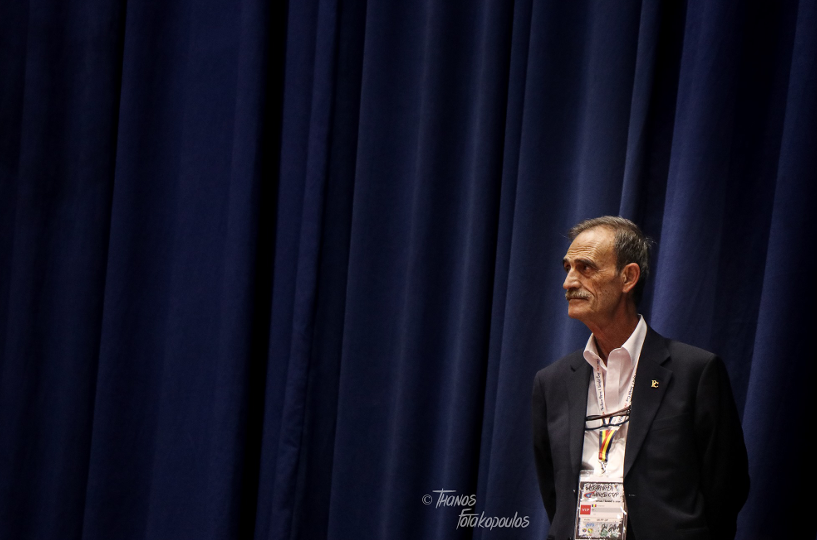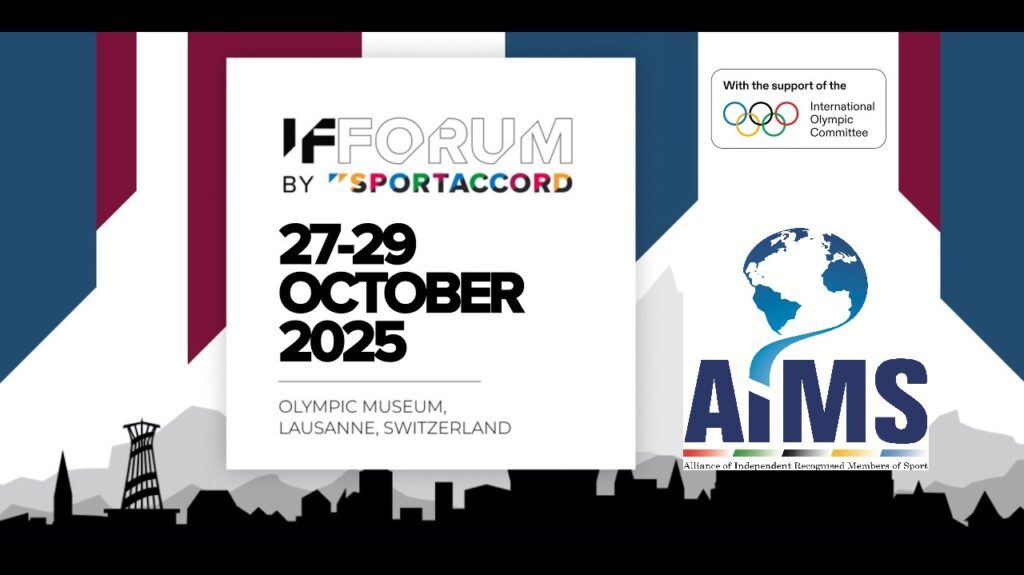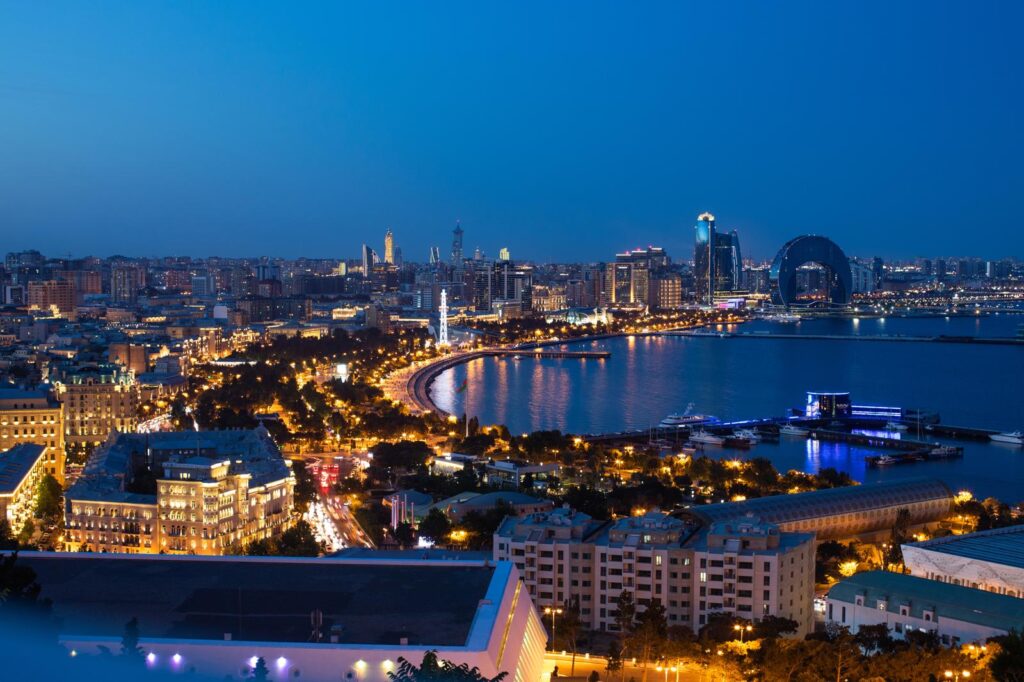Meet the Galjoens – a South African fistball team who’ll carry the hopes of the nation when they take on the best in the world later this year.
I came this close to representing South Africa, but I made a fist of it. My near miss started with a trip to Switzerland and a sport called curling, which it turns out I was remarkably good at. Curling is like bowls on ice, but also with a broom. “If only curling was a South African sport,” I told Leif Petersen, a game ranger turned informal economy researcher, “I’d be a Springbok.”
Petersen and I were lamenting the fact that we would never realise our childhood dreams to play for our country. Petersen was bumping up against the big Four-Oh, but unlike other men in the grip of a midlife crisis he didn’t look good in Lycra so had to find another outlet for his breakdown. Like me, he had never won a single athletic award in his life but, also like me, had held on to the belief that one day someone would see his potential and he’d get called up to a national squad – any national squad. Unfortunately, that one day had come and gone.
And then during that curling conversation it hit us like a granite stone (which is the “thing” used in curling): we just needed to find a fringe sport no one else played. Or as Petersen put it: “We just need to find a smaller pond.” And so a search for a whacky sport began. There is so much weirdness out there: beard championships, bed racing contests, camel wrestling, toe wrestling (hopefully there will never be a Camel Toe Wrestling World Cup) and wife carrying (does the winner get a trophy wife?).
But none of these sports seemed, well, sporty. During an online search Petersen stumbled on a video of a game being played between Australia and Pakistan, who were taking turns to slam a ball at each other, using their fists.
“Eureka,” Petersen shouted. “That’s my sport.” Petersen had found fistball – which is like volleyball on steroids. What he couldn’t find, though, was a local fistball league. So he decided to start one.
One Friday afternoon in early 2014 he shepherded a motley crew of would-be fisters to the local park in the Cape Town suburb of Wynberg. He MacGyvered a net out of building safety tape and awning poles (borrowed from a friend’s camper van) and read out the rules. He blew a whistle and the first game of fistball on South African soil was played. “The ball was punched, slapped and moered,” says Petersen. “It was utter chaos.”
And then one day an e-mail addressed to “President Petersen” plopped in his inbox. It was an invitation from Winfried Kronsteiner, the general secretary of the International Fistball Association, to lead a team of South Africa’s finest fisters to the World Men’s Fistball Championships in Argentina in November 2015.
“There’s no turning back now,” he realised.
It was at the point of no return that I bailed. My plan was to represent South Africa without ever playing a single game of fistball. But the South African league started to take shape with weekly fistball practices being organised. The South African Fistball Association, a non-profit sporting entity, was established, and players were given fistball nicknames – Petersen was dubbed Dr StrangeGlove. Training, playing and teamwork ensued but it wasn’t easy going.
“Drawing on the vast reservoir of South African patience in the face of bureaucracy, the league has dealt with security guards who insisted on permits to play, the tedium of becoming a registered organisation, and gaining international recognition,” says Petersen. Even their attempts to adopt Jacques Kallis, Wynberg’s most famous son, as a patron, were ignored. Yet despite the odds, and with only minimal athletic talent, the league grew, drawing in sporting misfits and adrenaline junkies.
“This dedication has paid off. In 18 months the South African league grew substantially, now having hosted three national competitions, with the most recent one held at the Athlone Stadium, with eight teams represented. The finals were won by Cape Town’s ‘Kaapse Fisters’ in a tight three-set match against ‘The Archbishops of Banterbury’. The rise of the domestic competition led to a phenomenal increase in the quality of South African fistball.”
Last week, the first national fistball squad – the Fistbokke – was announced. The team, which is truly representative – has been christened the Galjoens, for the country’s national fish, which is known for its fighting qualities and diverse colourings.
“It’s amazing to think that these ball-bashers, through sheer drive and determination, have ended up becoming rather unlikely athletes of profound awesomeness, who are now scheduled to compete in the World Men’s Fistball Championships,” says Petersen.
“For us, the championships present the ultimate goal of turning a childhood dream into reality; representing our country at the highest possible level on the international stage. From humble beginnings we have fashioned together a great squad with real potential to turn it on at the World Champs.”
In November, Petersen, South Africa’s Eric the Eel, will lead South Africa’s Cool Runnings into fistball battle. The Galjoens have been drawn in the opening pool to play against arch rivals Australia, where the unofficial “Kepler Wessels Memorial Trophy” is up for grabs – in honour of the cricketer who represented both countries at a senior level.
The Galjoens have launched a crowdfunding campaign to help raise the funds to get them to Argentina. They are hoping to raise R125000 to fund flights, accommodation, and sporting kit. Check out their page.
The article was published in the SundayTimes the 13th of September 2015. Many thanks for Jonathan Ancer for this insight on the South African Team and Justin Patrick for the picture.




